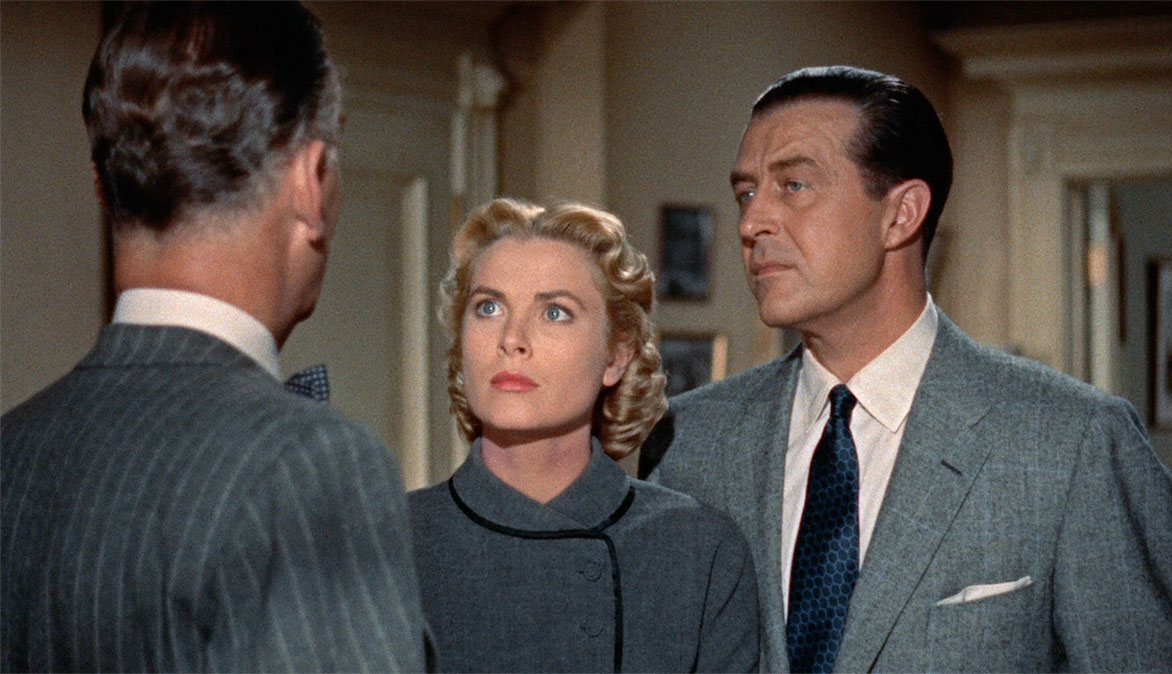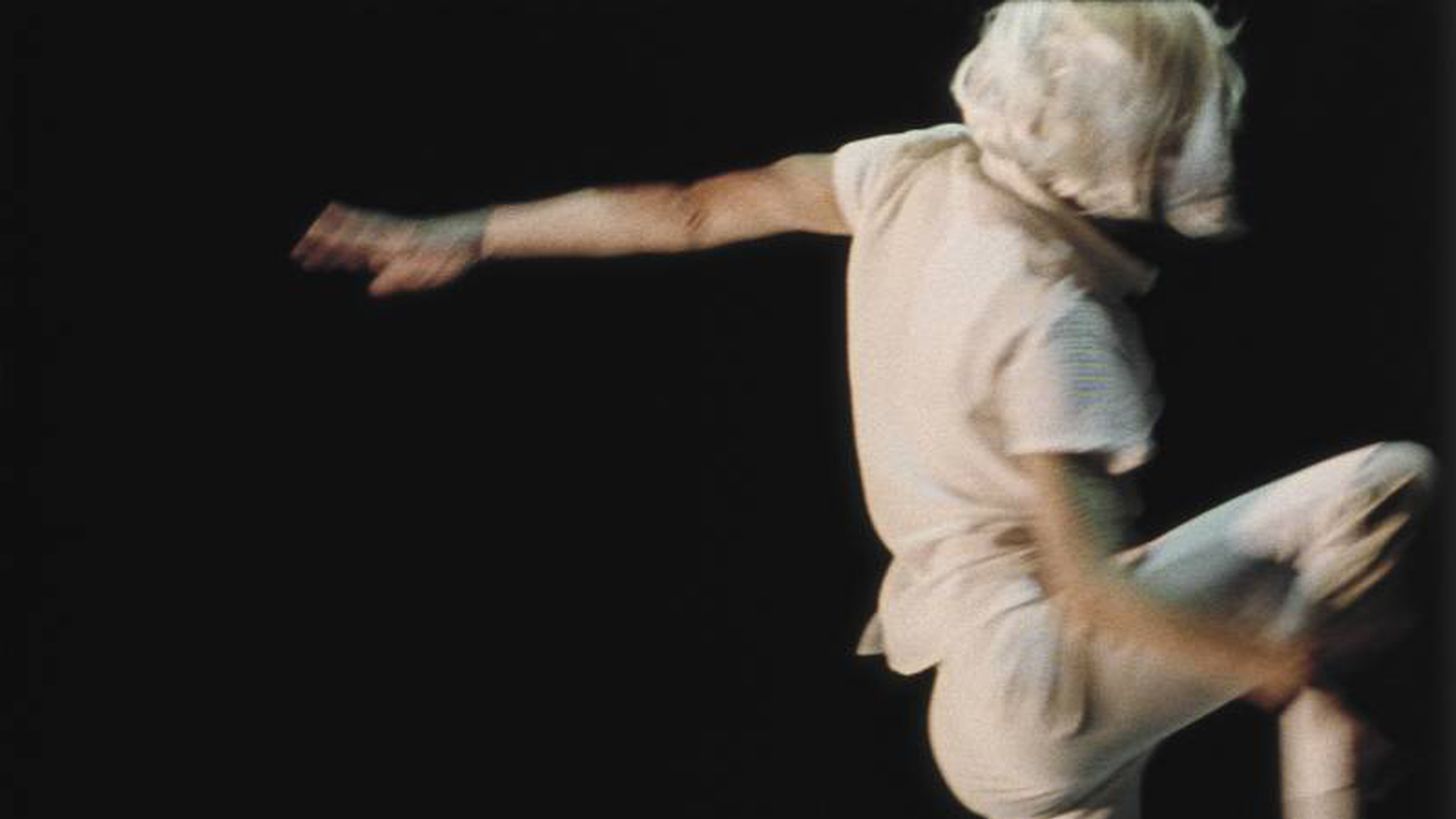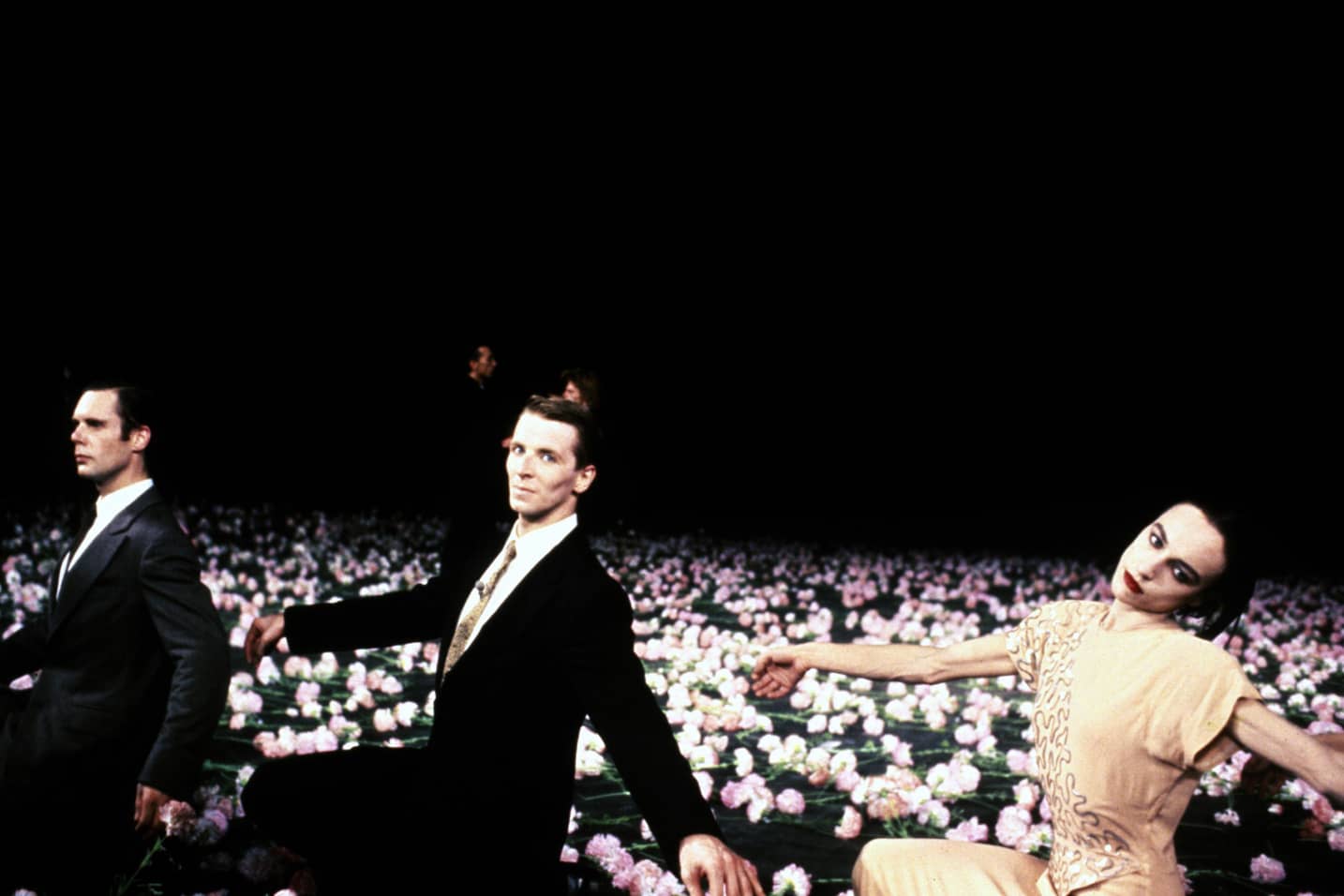
Dial M for Murder
March 22 · Regal Riviera · 7:45 P.M.
Alfred Hitchcock, 1954, 105 minutes
Based on a popular play by Frederick Knott, Dial M for Murder concerns a British tennis pro (Ray Milland) who suspects his wealthy, beautiful wife (Grace Kelly) of infidelity. In retaliation, he blackmails a disgraced former army comrade into murdering her and making it look like the work of a burglar. This being an Alfred Hitchcock film, the meticulously orchestrated scheme does not go as planned.
Like two other Hitchcock classics of the era, Rope (1948) and Rear Window (1954), Dial M for Murder is confined primarily to a single location, the couple’s apartment. Hitch relished the limitations, as it simplified production — he claimed to have adapted the play because he wanted to “recharge his batteries” — while also allowing him the delight of discovering inventive cinematic solutions to the problems posed by a single set. The resulting film is charming, suspense-filled (obviously), and ridiculously entertaining.
Dial M for Murder was also the first and only time he filmed a movie in 3D, which experienced a “golden era” between roughly 1952 and 1954. Despite the immense trouble Hitchcock had in using this cumbersome process — the 3D camera was reportedly as big as a star’s dressing room — Dial M For Murder was eventually released to movie theatres in a “flat” version. Warner Brothers gave the film a limited rerelease in 3D in the early 1980s; the restored version we’ll be showing premiered in 2012.
Routinely named the greatest filmmaker of all time, Alfred Hitchcock is credited with directing 70 films, including Notorious (1946), Strangers on a Train (1951), Vertigo (1958), North by Northwest (1950), Psycho (1960), and The Birds (1963). Four decades after Hitchcock’s death, his work remains as vital as ever — radical, even.



